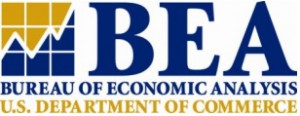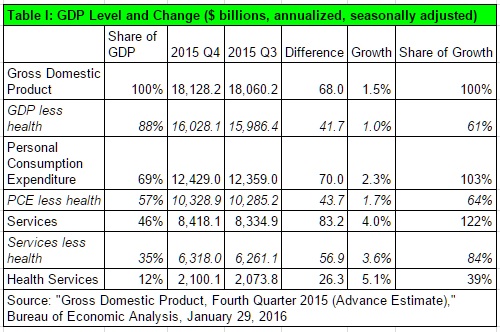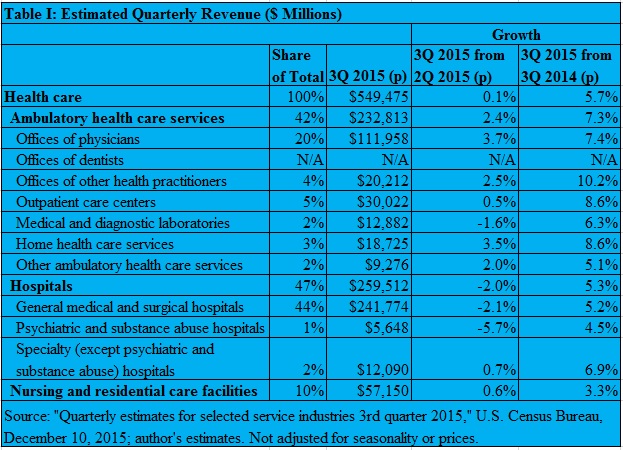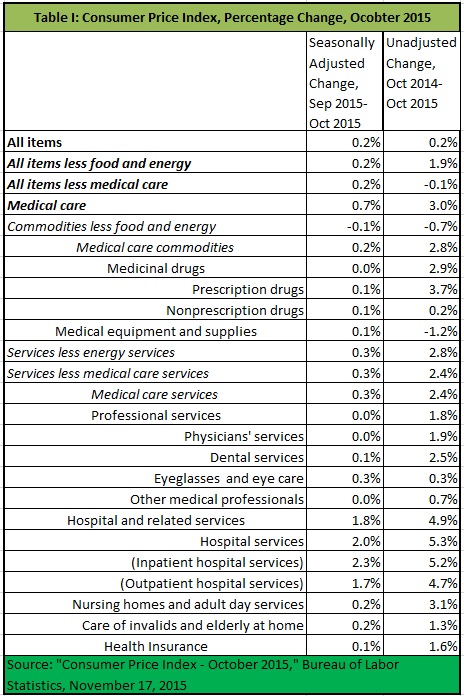 Jeanne Whalen of the Wall Street Journal has written a feature article comparing U.S. prescription drug prices to those overseas. Unsurprisingly, she find prices in other developed countries lower, and credits government price controls in other countries with (pretty much) all the difference.
Jeanne Whalen of the Wall Street Journal has written a feature article comparing U.S. prescription drug prices to those overseas. Unsurprisingly, she find prices in other developed countries lower, and credits government price controls in other countries with (pretty much) all the difference.
A vial of the cancer drug Rituxan cost Norway’s taxpayer-funded health system $1,527 in the third quarter of 2015, while the U.S. Medicare program paid $3,678. An injection of the asthma drug Xolair cost Norway $463, which was 46% less than Medicare paid for it.
Drug prices in the U.S. are shrouded in mystery, obscured by confidential rebates, multiple middlemen and the strict guarding of trade secrets.
The state-run health systems in Norway and many other developed countries drive hard bargains with drug companies: setting price caps, demanding proof of new drugs’ value in comparison to existing ones and sometimes refusing to cover medicines they doubt are worth the cost.
(Jeanne Whalen, “Why the U.S. Pays More Than Other Countries for Drugs,” Wall Street Journal, December 1, 2015)
I do not dispute the facts of the article, but the article’s misidentifying the primary reason why drug prices are different. It actually does a good job of differentiating countries where the state exercises monopsony power over drug purchases (like Norway) and those where the state does not exercise purchasing power, but imposes price controls on al sales (like Canada). It is easy and intuitive to conclude that such government interventions reduce prices. However, contrary evidence shakes that thesis. Relative purchasing power better explains the difference.
Read More » »
 Today’s advance release of Q4 GDP showed the production of goods actually shrank in the fourth quarter. As a result, the (annualized) $26.3 billion growth in health services spending accounted for 39 percent of GDP growth of $68.0 billion. It comprised 32 percent of services spending growth and 38 percent of growth in personal consumption expenditure (Table I). This means that health services spending continues to devour more of our budgets. The evidence continues to indicate Obamacare is not bending the cost curve.
Today’s advance release of Q4 GDP showed the production of goods actually shrank in the fourth quarter. As a result, the (annualized) $26.3 billion growth in health services spending accounted for 39 percent of GDP growth of $68.0 billion. It comprised 32 percent of services spending growth and 38 percent of growth in personal consumption expenditure (Table I). This means that health services spending continues to devour more of our budgets. The evidence continues to indicate Obamacare is not bending the cost curve.





